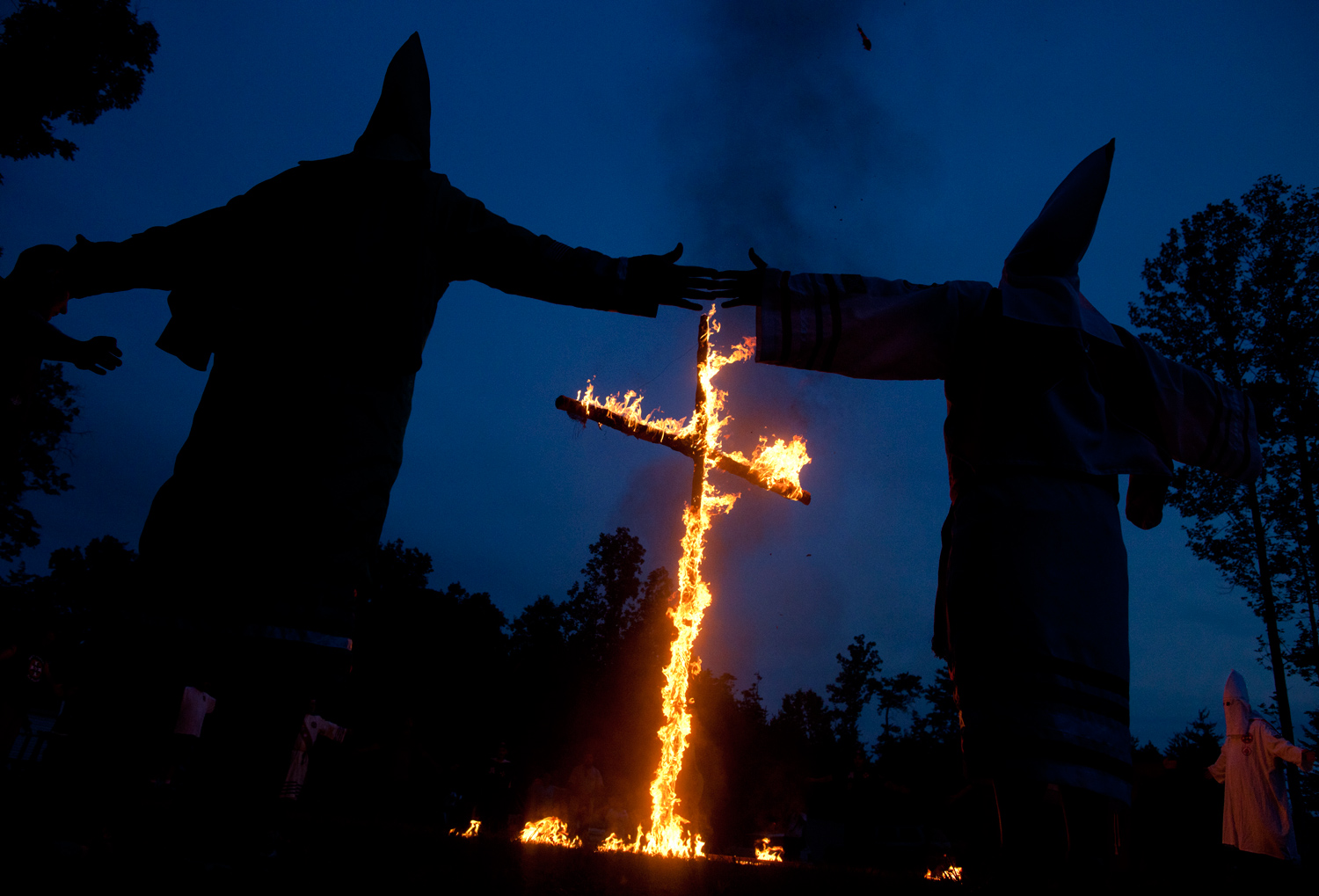
For members of the Ku Klux Klan, burning a cross isn’t sacrilege: it’s an act of faith.
Every so often members of the highly secretive organization gather in fields to conduct so-called “cross lightings”—ceremonies meant to reaffirm their belief that Christianity is a white religion, and to strengthen the bonds between them. Veiled in white robes, members form a circle around a wooden cross. Following a group prayer, each man—or woman—throws his torch at the cross and spreads his arms outward to mimic its shape. “I know from talking to members of the Klan that it’s a very spiritual experience for them,” says Tyler Cacek, a photojournalist who has been researching and photographing Klansmen since 2009. “They really feel that this is the closest they could possibly come to God.”
First founded by veterans of the Confederate Army in 1865, the KKK has gone through several iterations—first as an insurgent movement in the South during Reconstruction, then as a racist, anti-Semitic, anti-immigrant fraternal organization, and finally, as many have described, as a subversive terrorist organization opposed to civil rights. Its influence has waned significantly over the course of the 20th century, peaking in the 1920s when it had up to six million members. Today the American Defamation League estimates its numbers have dwindled to around 5,000 members, who are affiliated with roughly 40 local chapters.
Cacek, 20, is quick to point out that he isn’t a KKK sympathizer. The purpose of his series—entitled “For the Love of Hate”—is to understand how reasonable people come to adopt an unreasonable philosophy. “It’s one thing for me to understand them and it’s another thing for me to agree with them,” he says. “As a photographer I want to be able to show the human side of the story, and the process that leads these people to their beliefs.”
Members come to the organization in a number of ways—sometimes encouraged by family, sometimes in spite of them. They frequently feel like victims of inequality and have had negative encounters with specific people that later color their impressions of groups at large. Being bullied by immigrants or minorities is one example. Others are more extreme. “I know one guy whose brother was killed by a gang in Chicago,” Cacek says. “That really reinforced his belief that it’s good to seek racial segregation.”
Gaining the trust of the Klan hasn’t been easy: they’re naturally suspicious of media coverage, and have a checkered history with journalists, police informants and the government. Although Cacek has developed a working relationship with a number of Klansmen and photographed various groups in Kentucky and Virginia, he still faces challenges that limit the scope of his work. Members of the Klan like to maintain an aura of mystery—hence the white robes—and they insist that photos include their pointed hats and swastika tattoos. All that symbolism “makes it much more difficult for me to break into something deeper that tells a poignant story.”
Ty Cacek is a documentary photographer and currently studying at the University of Missouri. See more of his work here. If interested in supporting his project on The Ku Klux Klan, take a look at his Kickstarter here.
William Lee Adams is a staff writer at the London bureau of TIME. Find him on Twitter at @willyleeadams or on Facebook.
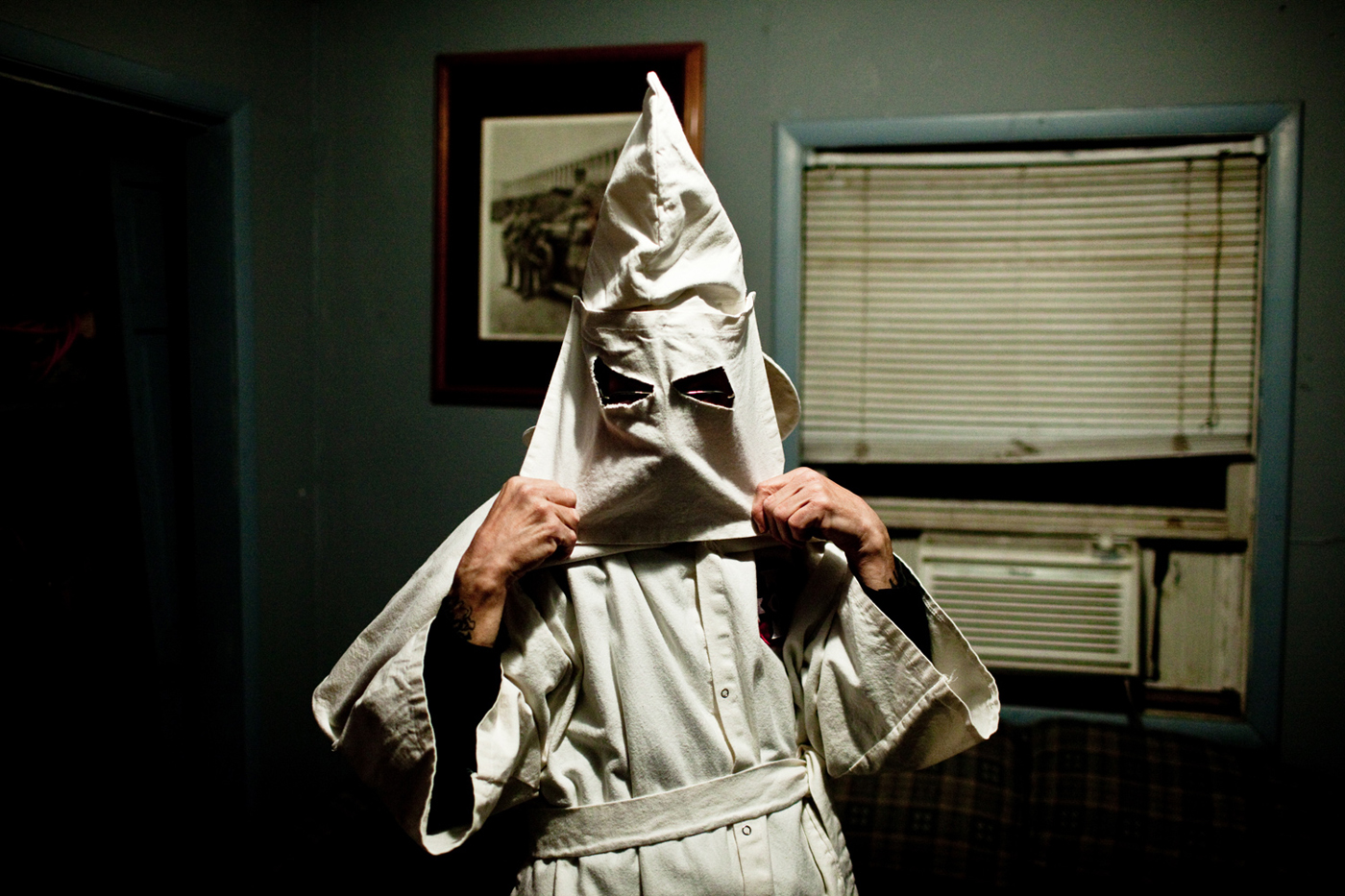
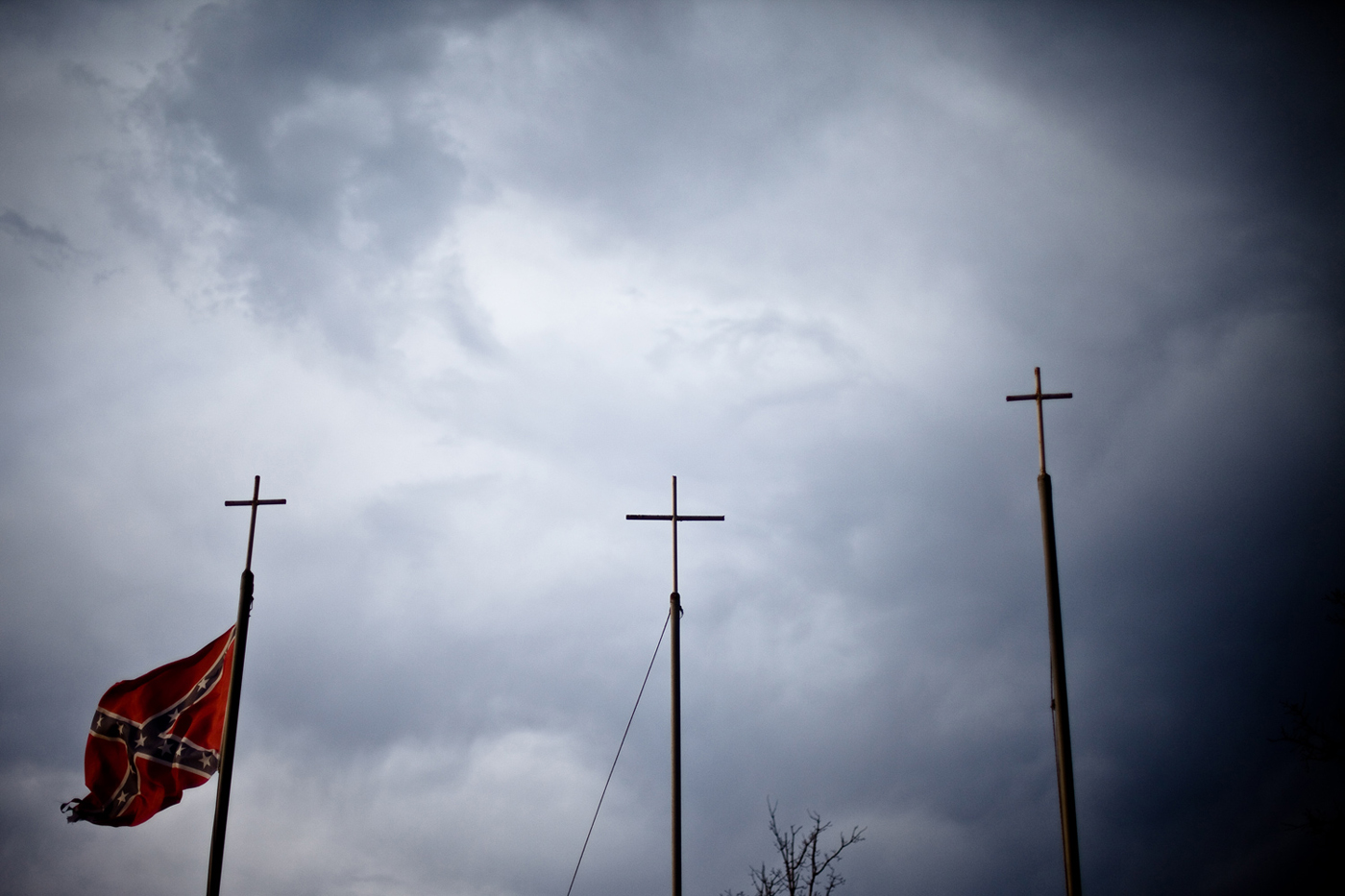

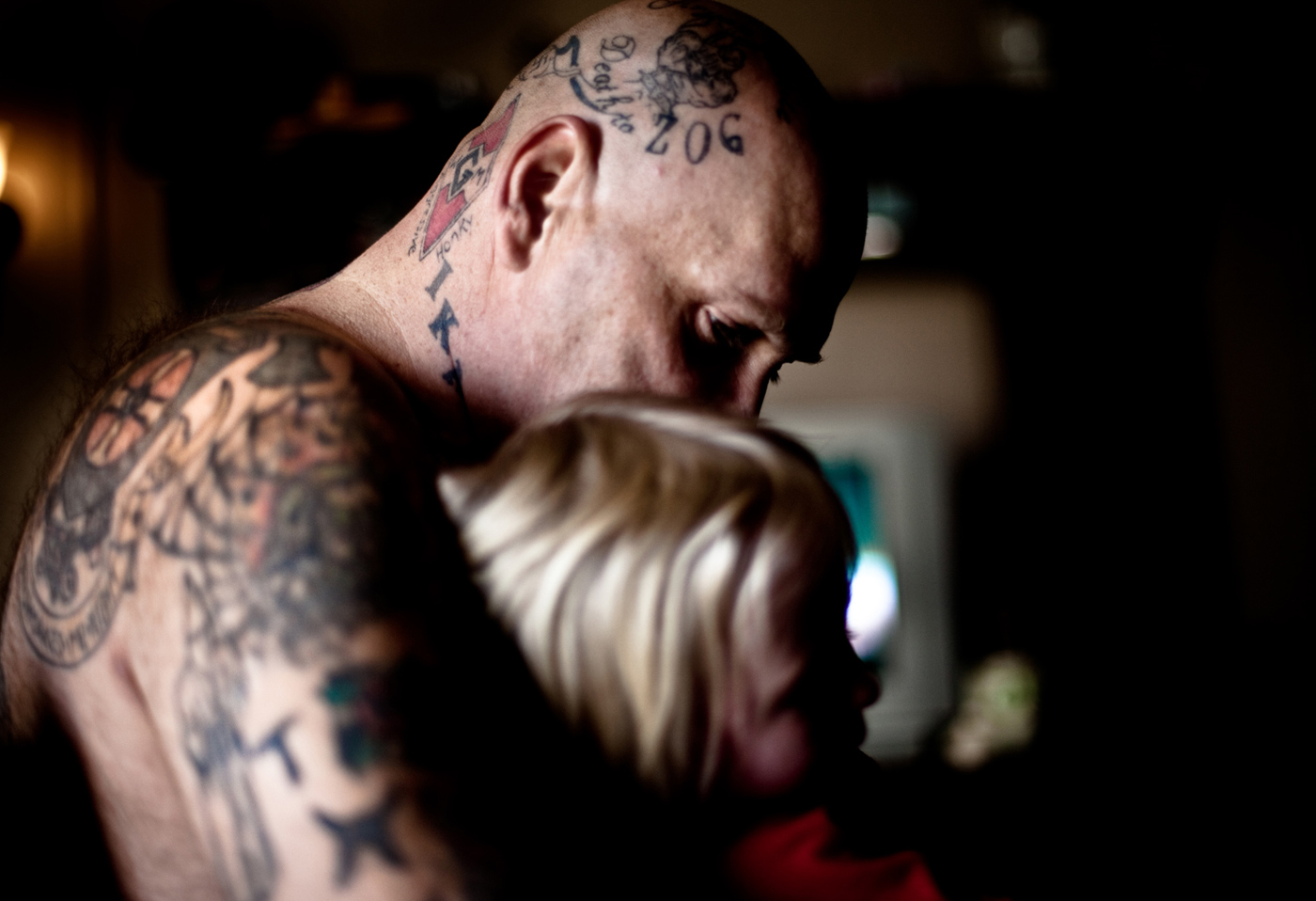
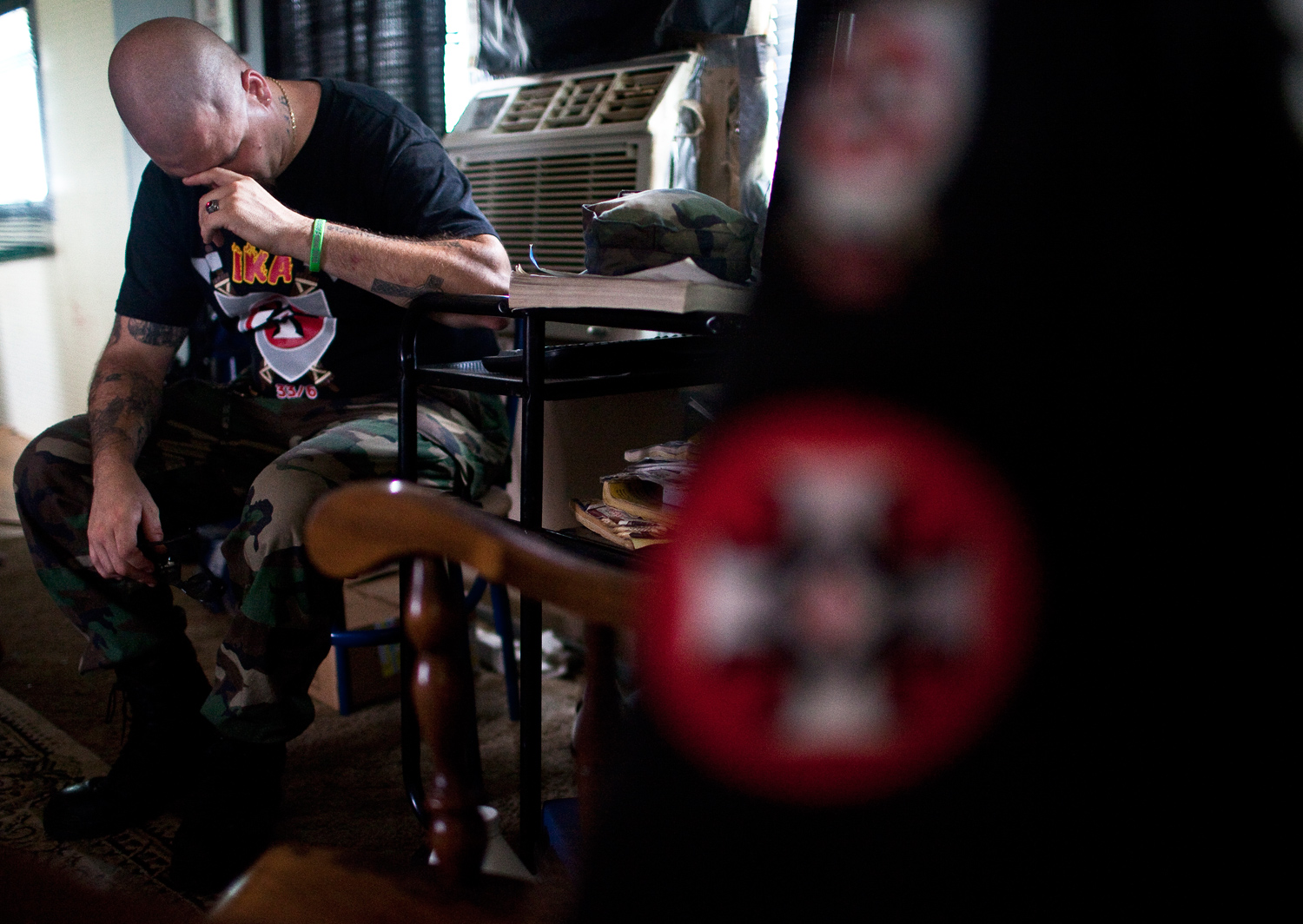




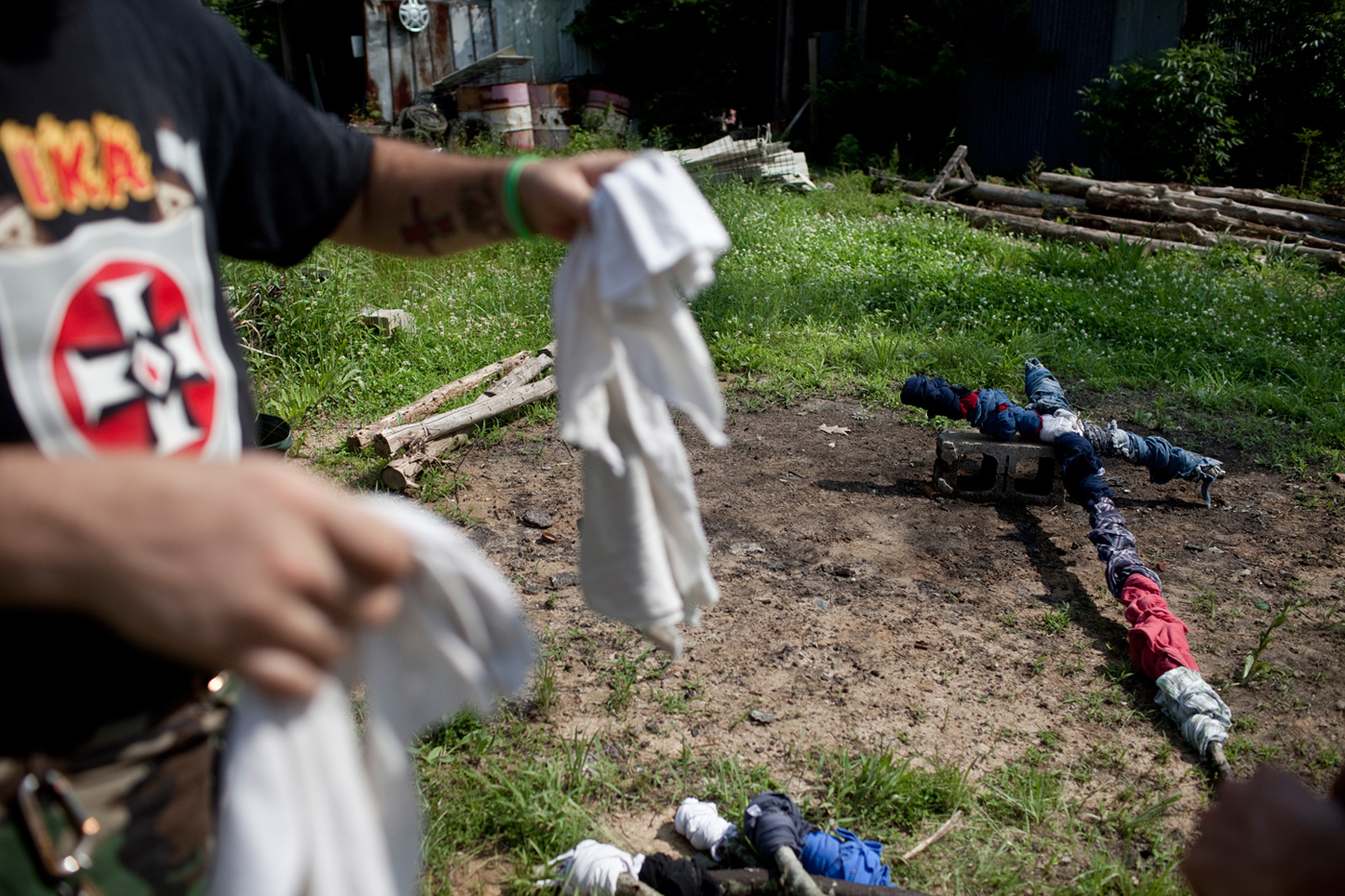

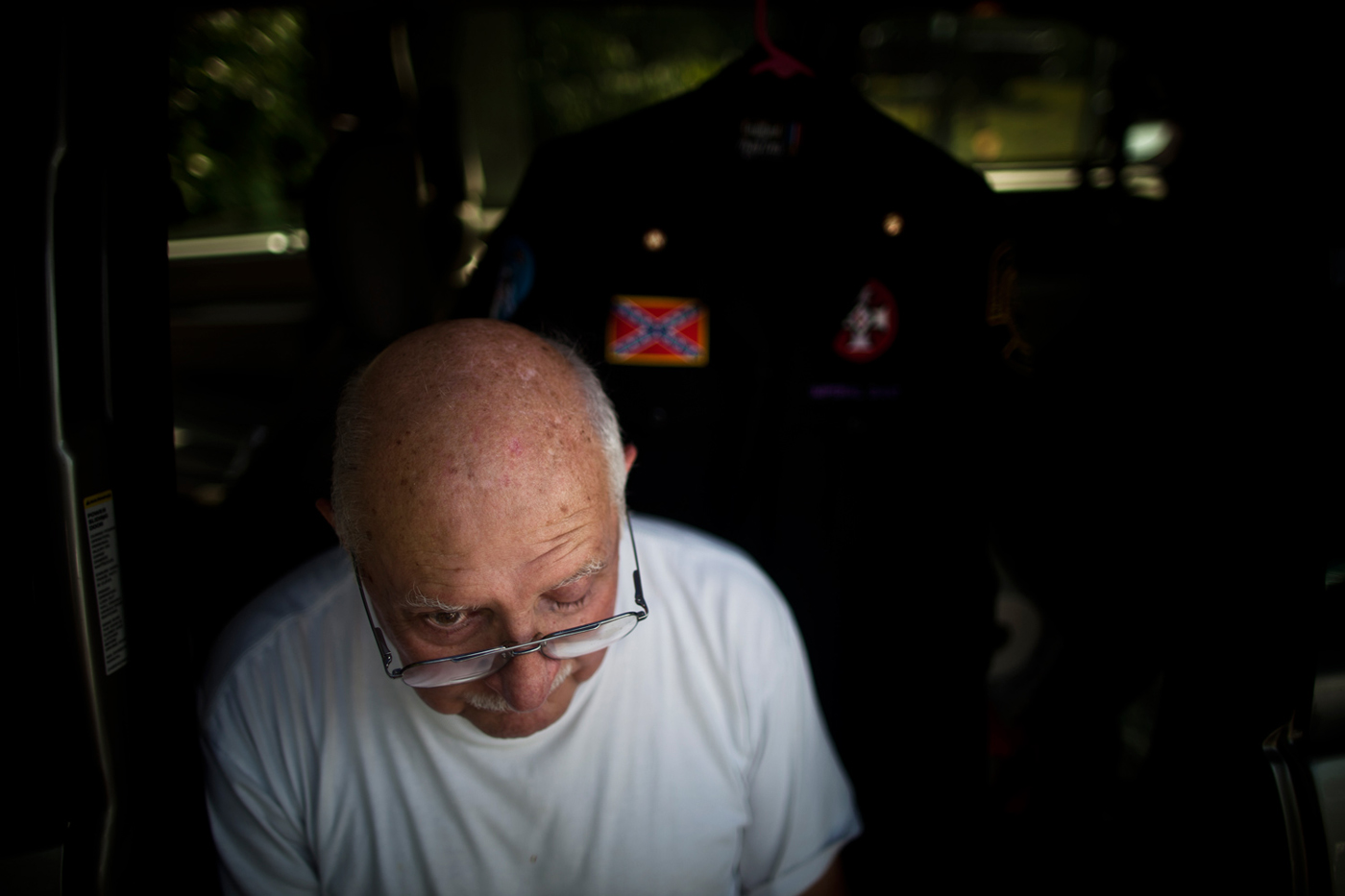
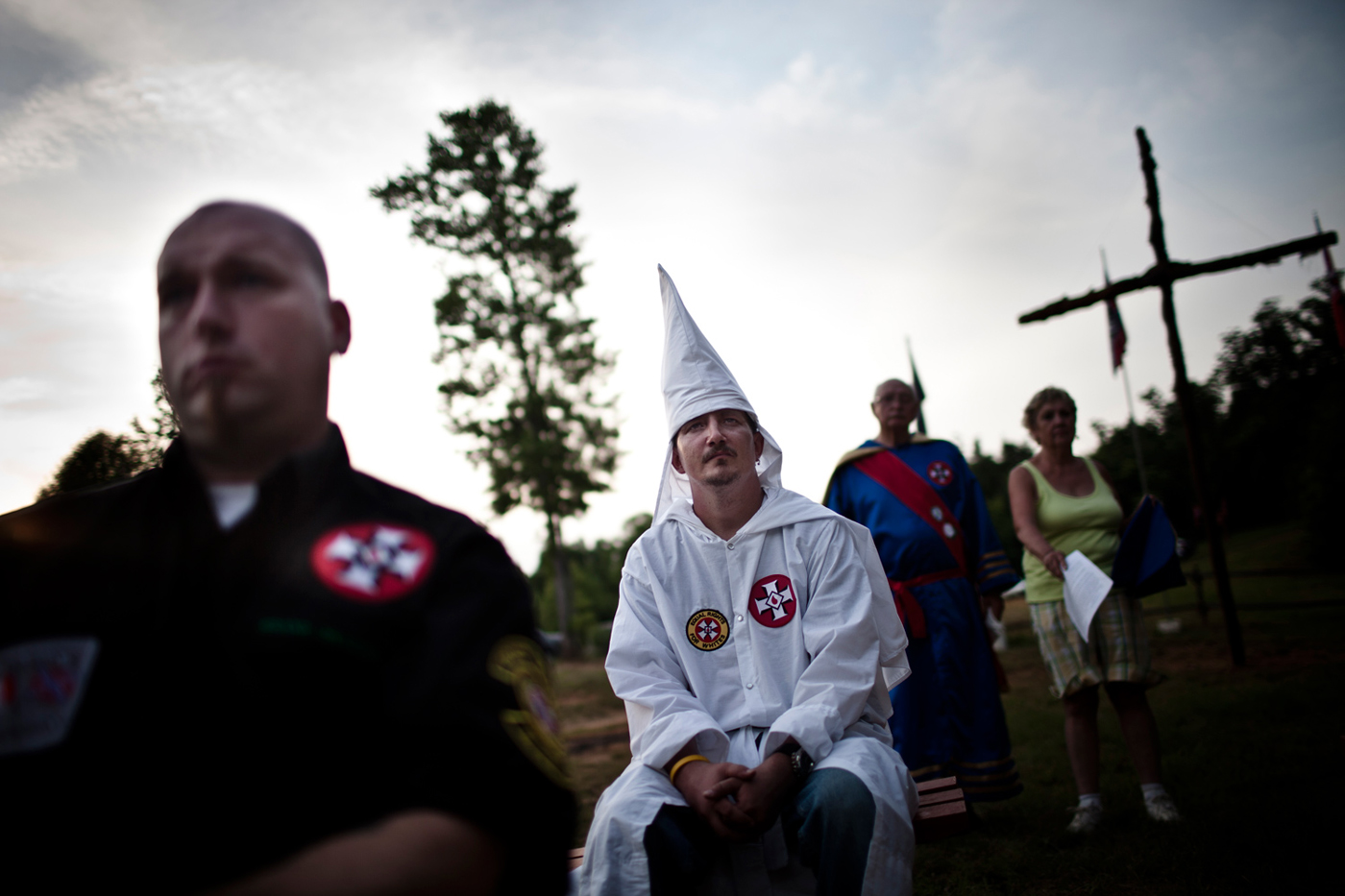

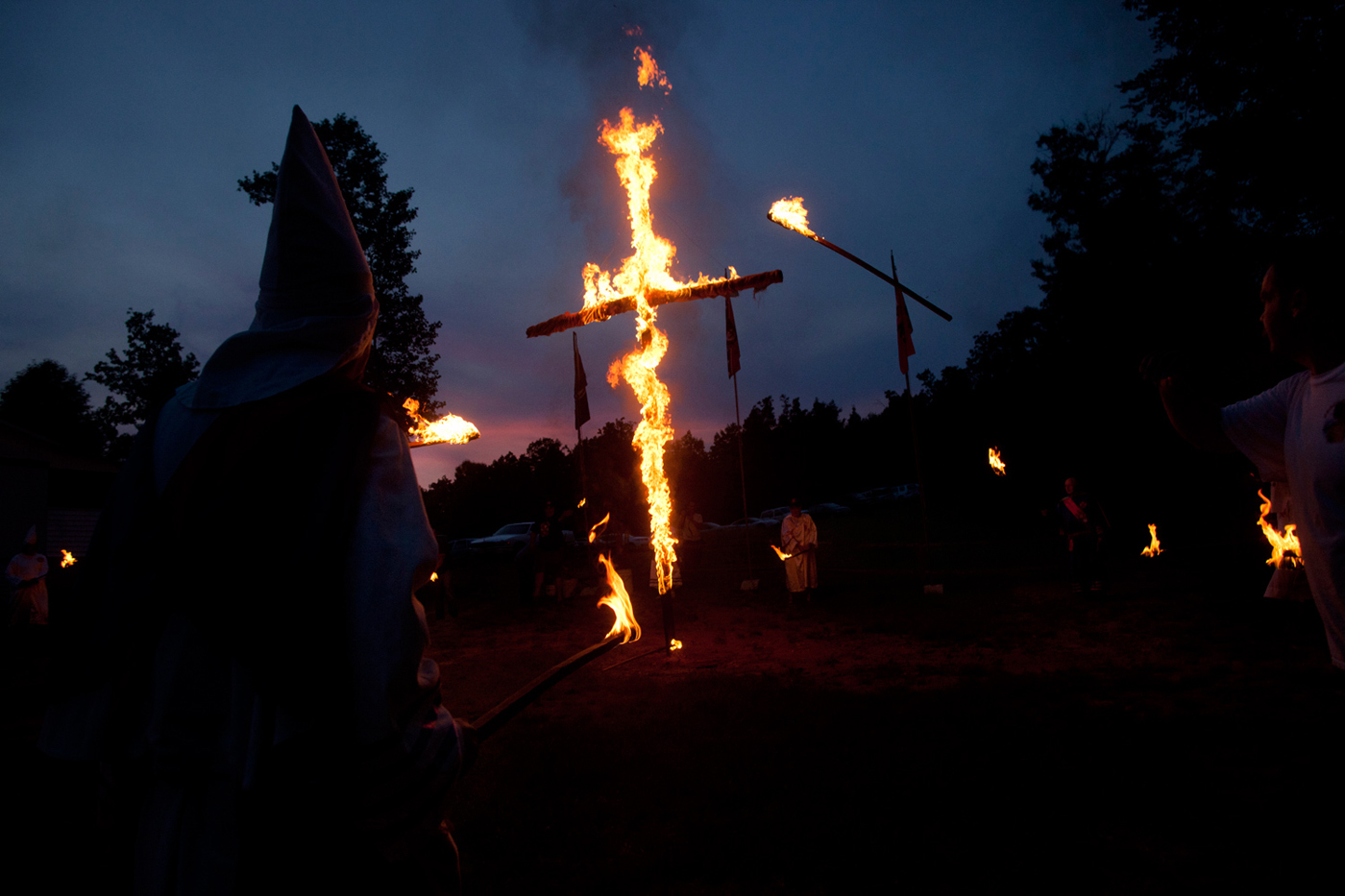
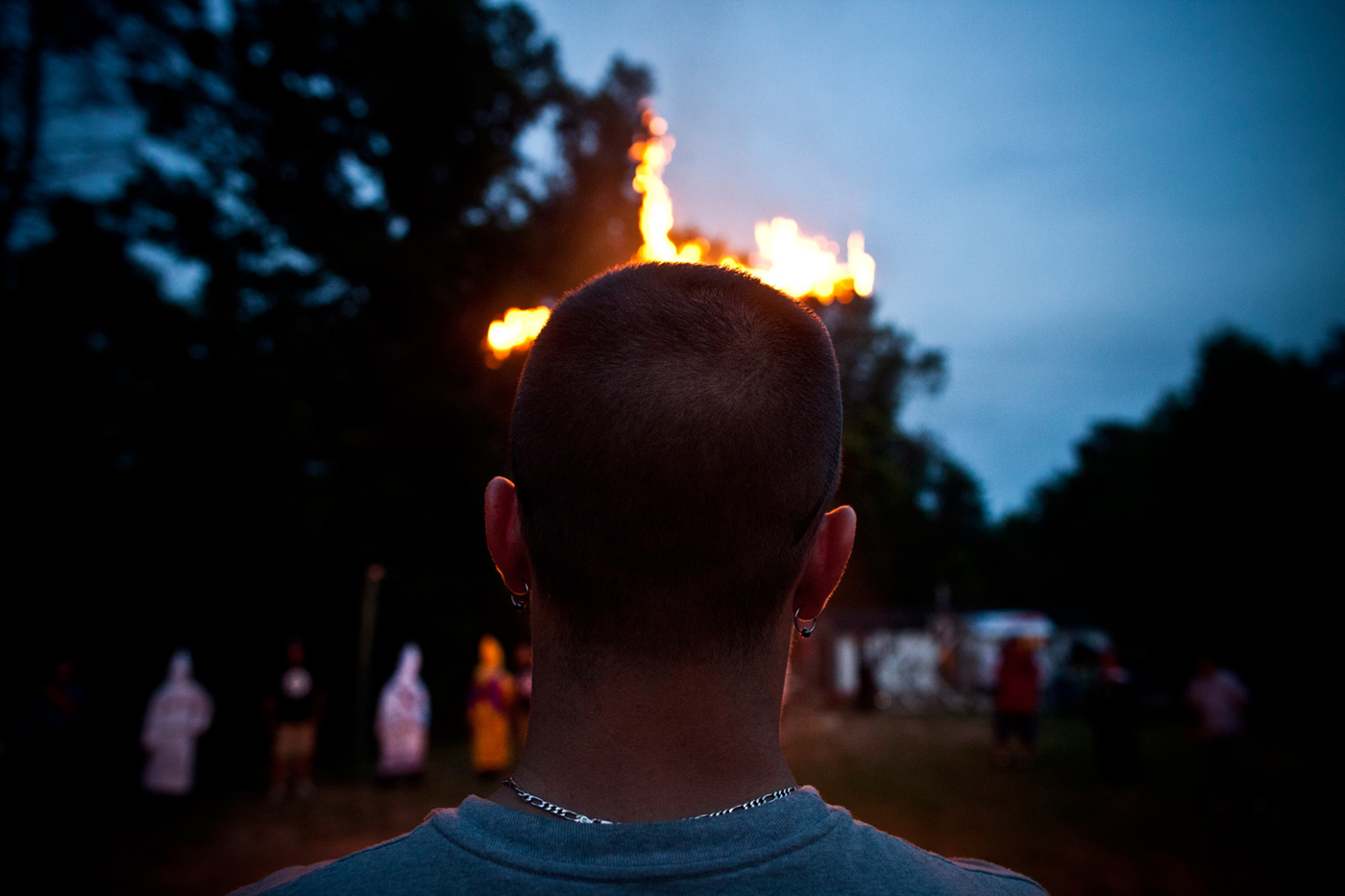

More Must-Reads from TIME
- Cybersecurity Experts Are Sounding the Alarm on DOGE
- Meet the 2025 Women of the Year
- The Harsh Truth About Disability Inclusion
- Why Do More Young Adults Have Cancer?
- Colman Domingo Leads With Radical Love
- How to Get Better at Doing Things Alone
- Michelle Zauner Stares Down the Darkness
Contact us at letters@time.com